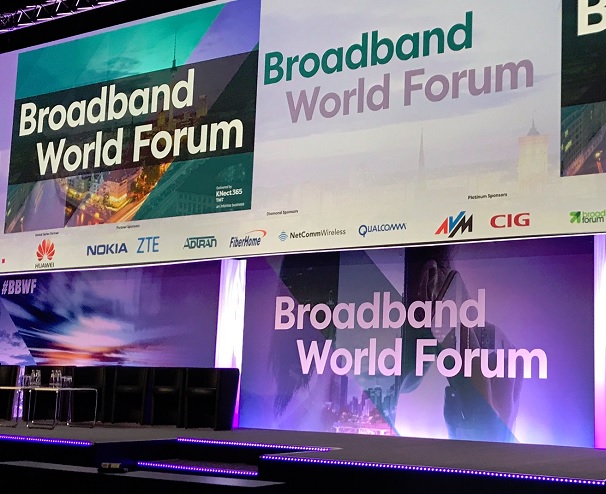Now operators edge closer to creating services that people will pay for
The marriage of fixed and wireless networks drew a lot closer when Phase 2 of the Broadband Forum’s recommendations were released, giving operators guidelines for bringing the two together.
Three new specifications mark the completion of Phase 2 of Broadband Forum’s 5G work, giving operators more options for creating services from radio-wireline hybrids that people will want to use. Legacy lines could be running video traffic, business services and community wi-fi, according the Forum.
The new specs relate to access gateway functions, wireless-wireline convergence and residential gateways – all of which give mobile operators new options for using 5G, including the creation of a hybrid sub-network where wireline meets LTE (long term evolution) or NR (new radio).
These latest Broadband Forum convergence standards, passed in March, raise the levels of service that network operators can give subscribers as they transition from a legacy network to the fifth generation. Telecom Italia’s (TIM’s) Rosaria Persico, the principal Broadband Forum delegate, explained how they provide more value.
“The Phase 2 work has delivered multi-session and authentication support for gateways that don’t have 5G options. Now the same user can connect to multiple service networks, rather than a single data network. This is just a foretaste of what will be possible with 5G-Residential Gateways,” said Persico.
The specification TR-456 Issue 2 sets up multiplex multiple sessions between the 5G-Residental Gateway and Access Gateway Function on top of the customer VLAN. This enables each session to be unique in terms of User Plane Functions (UPFs) selection. The exciting upshot is that operators can place video traffic, business traffic or community Wi-Fi all on their own wireline connection with different policies for each.
The specification also expands support for old fashioned customer premises equipment so they can get multi-session support and ‘expanded legacy authentication models’. Other operational aspects addressed include maximum transmission unit handling, more reliable NAS transport and better quality of service.
“Fixed operators can deploy fifth generation technology confidently,” said Jonathan Newton, principal network architect at Vodafone’s Fixed Access Centre of Excellence. “This important work makes better use of fixed and mobile assets, while creating the potential for new converged services.”
Hybrid-access, another key enabler from TR-470 Issue 2, is based on the Residential Gateway with dual access to PON or DSL on the wireline side and 5G or LTE on the wireless side. The LTE support is critical as the operator can create and manage logical sessions that use existing network coverage, even if the 5G radio deployment is not complete yet.
Broadband Forum TR-124 Issue 7 adds multi-access support and specifies requirements for the Residential Gateways connected to the 5G System which allow operators to maximise throughput, redundancy, and reliability.
More details here



